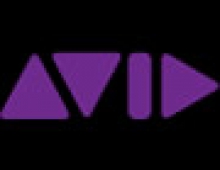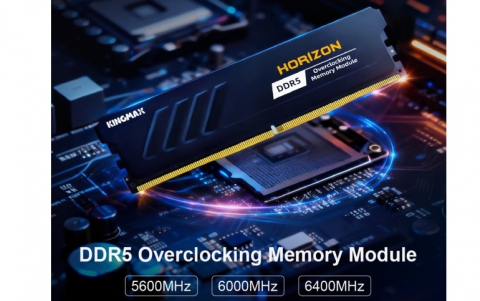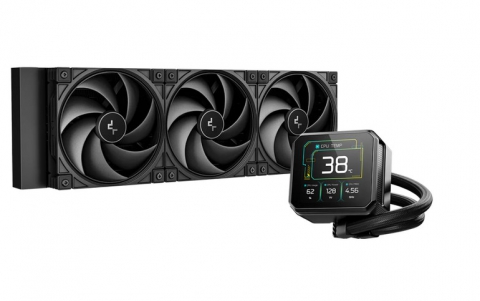
IBC: Next Generation Maestro Real-time Graphics and Video Hardware Rendering Platform
Avid's next generation Maestro | Engine real-time graphics and video hardware rendering platform has been announced at IBC.
Powering the company's Maestro Graphics product line, the new platform scales from HD and 1080P to UHD supporting both SDI and Video Over IP interfaces.
As the successor to Avid HDVG, Maestro | Engine enables broadcasters to introduce new production capabilities-including 3G, UHD, HDR, and IP workflows-alongside their current HD/SD SDI workflows, with minimal disruption. Available in two configurations-Maestro | Engine and Maestro | Engine 4K-the platform works with all Maestro graphics suite solutions.

The rendering platform is available in two hardware configurations. The base system offers up to eight video insertions and up to four outputs, including fill and key, to handle most standard CG needs and dual channel production. To tackle more demanding UHD, video wall, and virtual studio productions, Maestro | Engine 4K offers up to 16 video insertions and up to eight outputs-or up to four fill and four key outputs for UHD production.
With rendering power, Maestro | Engine works across all Maestro graphics suite authoring and control solutions both new and old, providing backwards compatibility so existing content and production will continue to work without any issues.
The Maestro | Engine not only works with any SDI infrastructure, it makes it easy to transition to Video Over IP using a broadcaster's existing 10Gb fiber network and field-changeable interface boards, so they can make the upgrade gradually at their own pace.
The platform works in concert with Maestro | RenderEngine software, providing advanced graphics rendering in the highest quality possible-whether displayed onscreen or in the studio. It also can drive content to multiple canvases, scale content up or down, and crop it. This makes it easy to preview large-scale video walls with a single HD feed.
To elevate virtual studio productions to cinematic quality, Maestro | Engine 4K works with both Maestro | RenderEngine and Epic's Unreal Engine. Because only Avid engines can run simultaneously on a single Maestro | Engine 4K, users can render all virtual studio elements using Unreal Engine while overlaying data-driven augmented reality graphics with Maestro | RenderEngine.
Featuring a proprietary I/O card that delivers ultra-low-latency video transfer, Maestro | Engine maintains a constant two frames of delay from input to output for seamless object mapping and audio handling. It is also capable of real-time graphics, video compositing and rendering, with scalable inputs, fill and key outputs. Its open API enables users to create their own control applications.
The graphics rendering platform supports SD, HD, UHD, and (coming soon) HDR workflows. It offers field-changeable interface boards, so users can transition from SDI to IP whenever they're ready. Support for new technologies and features will be made available through software updates.
The platform also live video sources and plays back video stored on its local drive, Avid NEXIS, or other network storage device. It has two 1GbE connections and a 10GbE option for more demanding video transfers. It supports a wide range of codecs-including Avid DNxHD/DNxHR, XDCAM 50, AVC-I, XAVC-I, and QT RLE.
Users don't need to install additional client software or have a systems administrator tethered to the machine room to manage and configure settings. Maestro | Engine uses a web-based interface for all systems management. Users can set up and make changes to access rights, video formats, genlock sources, input and output mapping, and other settings from any computer or device on their network-from anywhere.
Maestro | Engine also features dual power supplies, dual network interfaces, and software and hardware watchdog preventing production interruptions. And, because all Maestro graphics suite applications can control multiple Maestro | Engines, users can deploy additional engines as live backups to on-air systems.
Maestro | Engine and Maestro | Engine 4K will ship in the fourth quarter of 2018.



















